Chasing Icebergs in Newfoundland
During our time in Canada, one thing was for certain. A non-negotiable, must-see for me — seeing the icebergs drift in Newfoundland! Majestic ice mountains out at sea, floating by quaint little towns and coastlines east of the island. An ephemeral experience we had to capture, who knows how much ice we have left in the world. One day here, the next potentially gone. Unpredictable, wild and surreal. We knew we had to chase them. 🧊❄️✨
The Icebergs
But what exactly are they and how’d they get there?
Each year, immense hunks of 10,000-year-old icebergs drift toward Canada’s east coast. These wild ice giants originally come from the glaciers of western Greenland. Glaciers creep or flow into the ocean usually under their own weight and eventually slip in. (The glaciers of western Greenland flow at speeds of up to seven kilometres a year, among the fastest moving in the world. Hard to imagine these enormous blocks of ice moving at all!) Once broken off, these pieces of ice float through into the Labrador current and are carried into Iceberg Alley, melting along the way. They of course vary in size, and a lot of what you see is only 10% of the actual iceberg, meaning 90% of it is still under the surface!
It’s hard to process how old these icebergs were. It felt like we were looking at something frozen in time, yet constantly changing and melting everyday. 10,000 years looks good on them, I gotta say.
The Iceberg Alley
When it comes to viewing icebergs, Newfoundland is one of the best places in the world.
It can take icebergs up to three years to reach the coast of Newfoundland. The stretch of coast where the icebergs often drift through is known as Iceberg Alley and it is located from the coast of Labrador to the southeast corner of the island portion of the province. Icebergs tend to be more plentiful the further north you go.
Some of the popular towns to view them from shore or by boat:
St. Lewis
Battle Harbour
Red Bay
Point Amour
St. Anthony
La Scie
Twillingate
Fogo Island & Change Islands
Bonavista
St. John's / Cape Spear
Bay Bulls / Witless Bay
How to Find Them
Iceberg season is from spring to early summer, in the months of April, May and June. During the earlier months of April and May, some of the bergs may be locked up in sea ice so the recommended time of year is in late May, early June. As mentioned earlier, the further north, the longer the iceberg season. Spend a few days in each area - Newfoundland is too beautiful not to experience fully, and the locals would be more than happy to have you!
You can view these majestic sights by land, boat or kayak. If you are looking to head out to sea by yourself and not on tour, perhaps by kayak, keep in mind that you must maintain a safe distance from them. The recommendation is equal to its length or twice its height, whatever is greater. Icebergs are unpredictable and may flip, cause large waves or falling ice. Stay safe and be cautious!
Using Iceberg Finder and the local Facebook Page are also great tools to plan your viewing. I also use Instagram to plan shots or scout out areas to track certain icebergs and seee how fast they’re moving/melting.
Photography Tips:
Try and plan to go on areas with hilltops and cliffs to make the most of viewing them from land. Creating shots with towns, landscape or boats in the foreground brings out the best composition, as one can really see the scale of these gorgeous giants. Don’t be deterred by the weather and keep exploring to get the best angles of the ice.
Our Experience
We planned our trip about 6 months in advance, aiming for early June. As we were already visiting New York (from Vancouver) late May, we opted to fly from there to St. John’s (about 5 hours). There were 3 things I wanted to see for sure while we were in Newfoundland — the icebergs, Fogo Island’s artist studios + Inn (another Journal post about this soon) and the puffins! There are not a lot of places in the world that see these.
Iceberg chasing is so unpredictable and requires timing, patience and serendipity. With that in mind, we planned to tick it off first on the list because if we missed out, there could be still be lots of opportunities in the other locations we planned for or we could redirect our plans to find them. We headed to Twillingate straight from St. John’s (5 hour drive) and spent a couple of days photographing the area - and it was beautiful. Twillingate itself is gorgeous, a picturesque quaint town with lovely people. We drove around the coastlines and stayed at the famous Daisy’s Place, a traditional salt box house that Newfoundland is known for.
Our next major iceberg viewing was in Fogo Island, which I was extremely happy about. On the ferry over I made sure to keep an eye on the water, ready to snap some wild icebergs out at sea. We spent around three days on the island, driving to all corners and visiting the artist studios, finding sizeable bergs on these walks. On one occasion, I spotted what looked like an iceberg off the coast on Barr’d Cove on a drive around. The next morning, I left early to see if I could view it up close, crossing through a meadow behind some houses and walking up a cliff. This excursion took all of 20 minutes and it was worth the adventure as there I was sitting and viewing this magnificent iceberg all by myself. It felt like such a surreal, special experience.
We visited other areas like the Bonavista Peninsula, St. John’s and Ferryland however the icebergs were few and far between at that time. We hope to get to St. Anthony and also Gros Morne on our next visit!
Here are some photos on our trip!
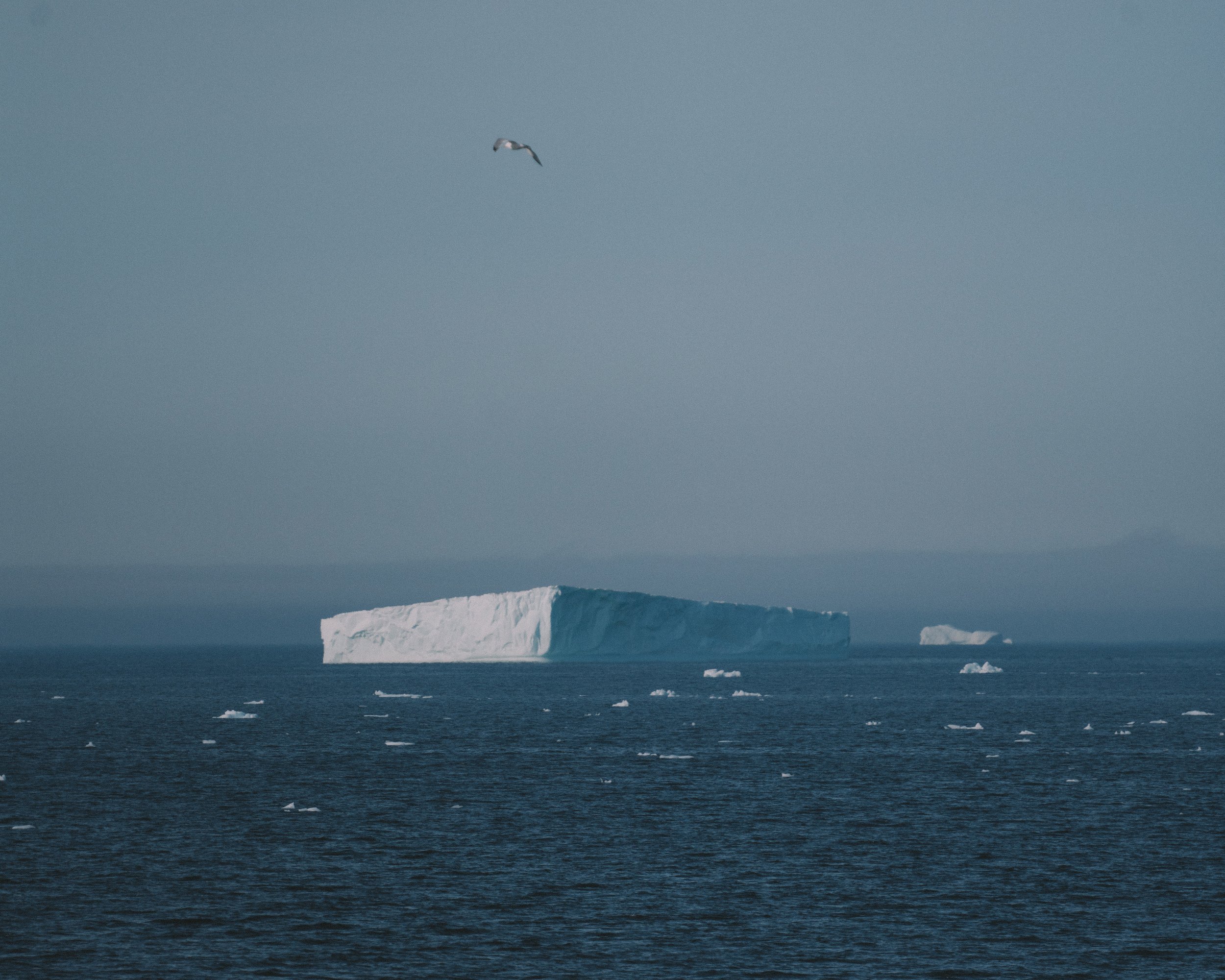
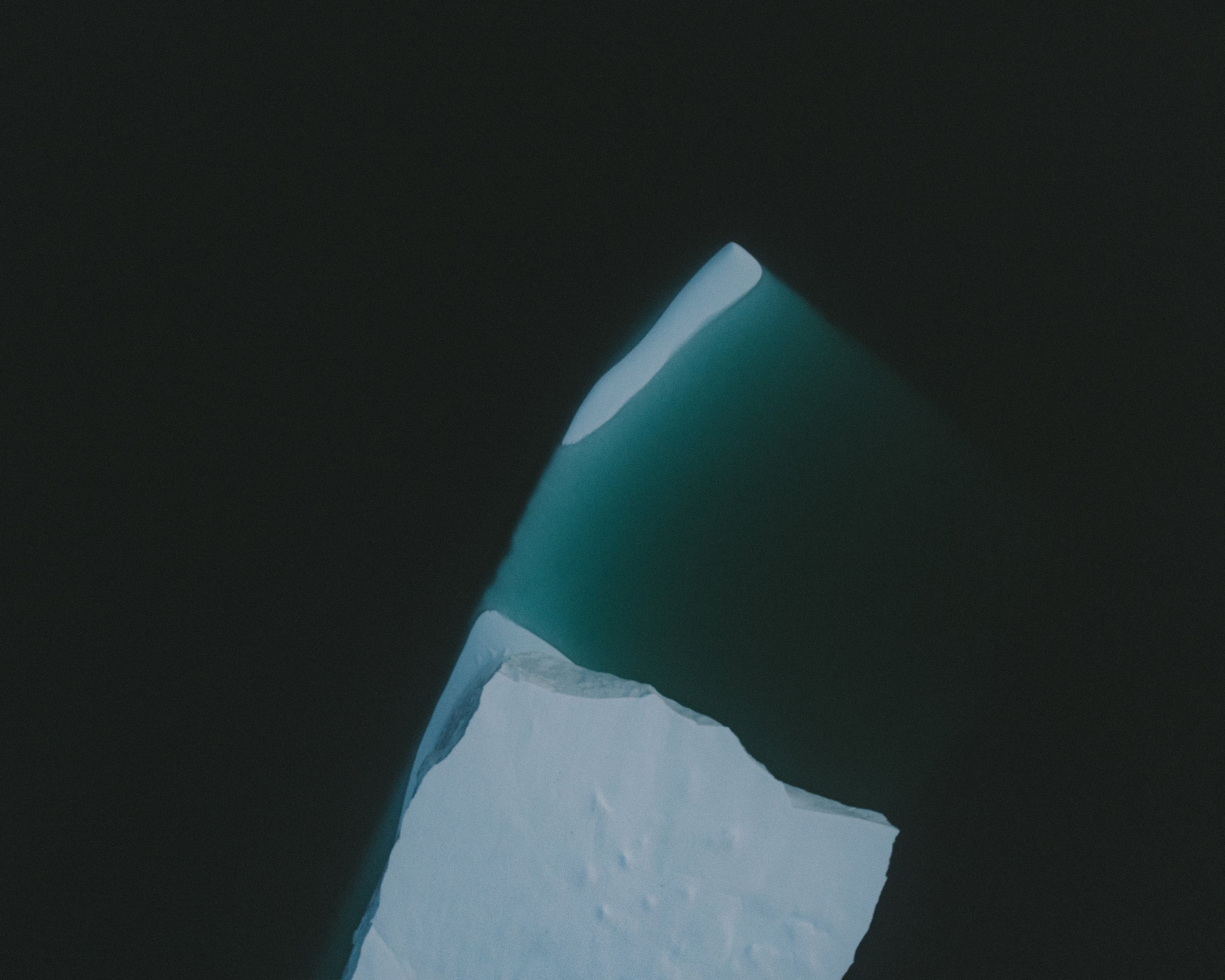
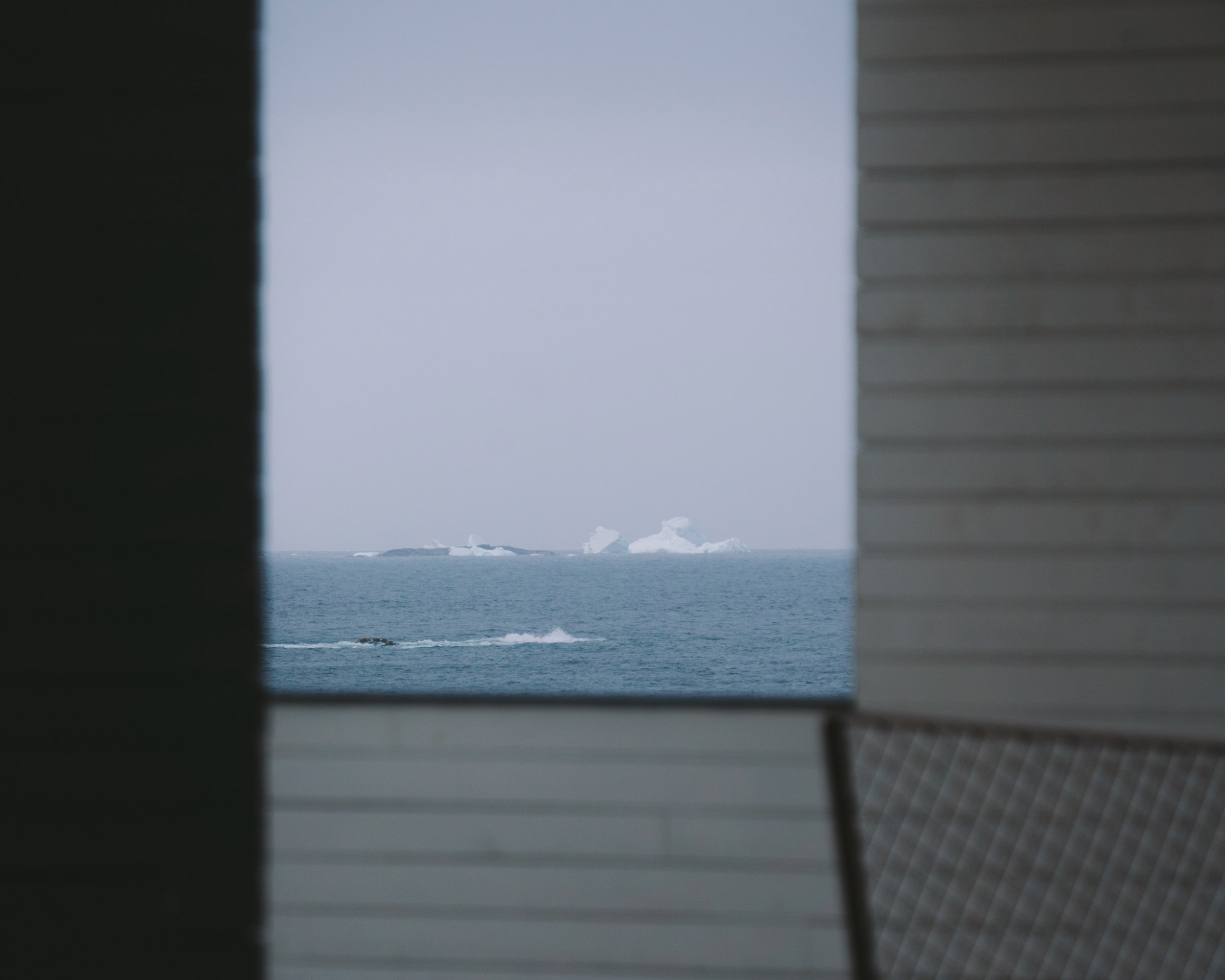
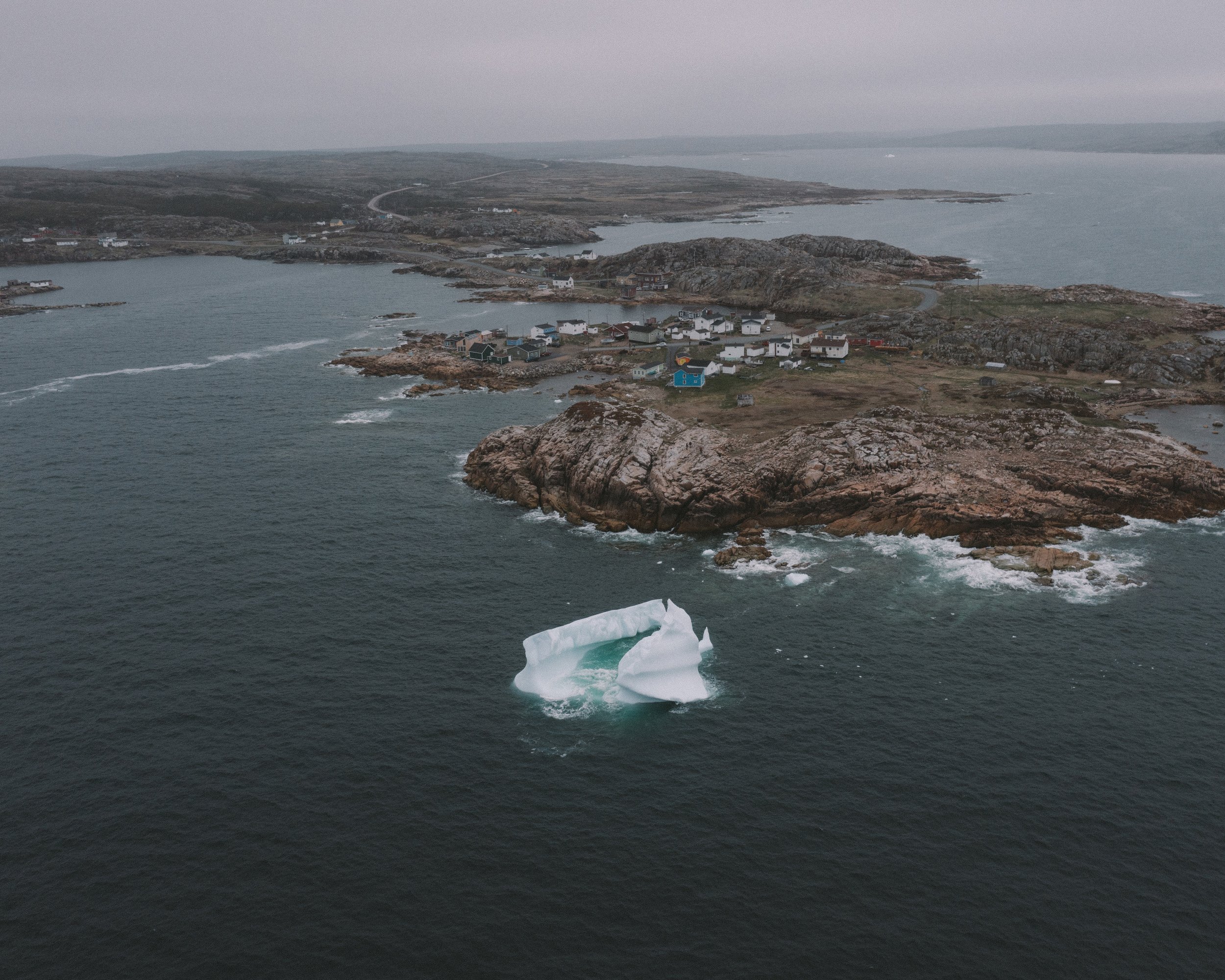

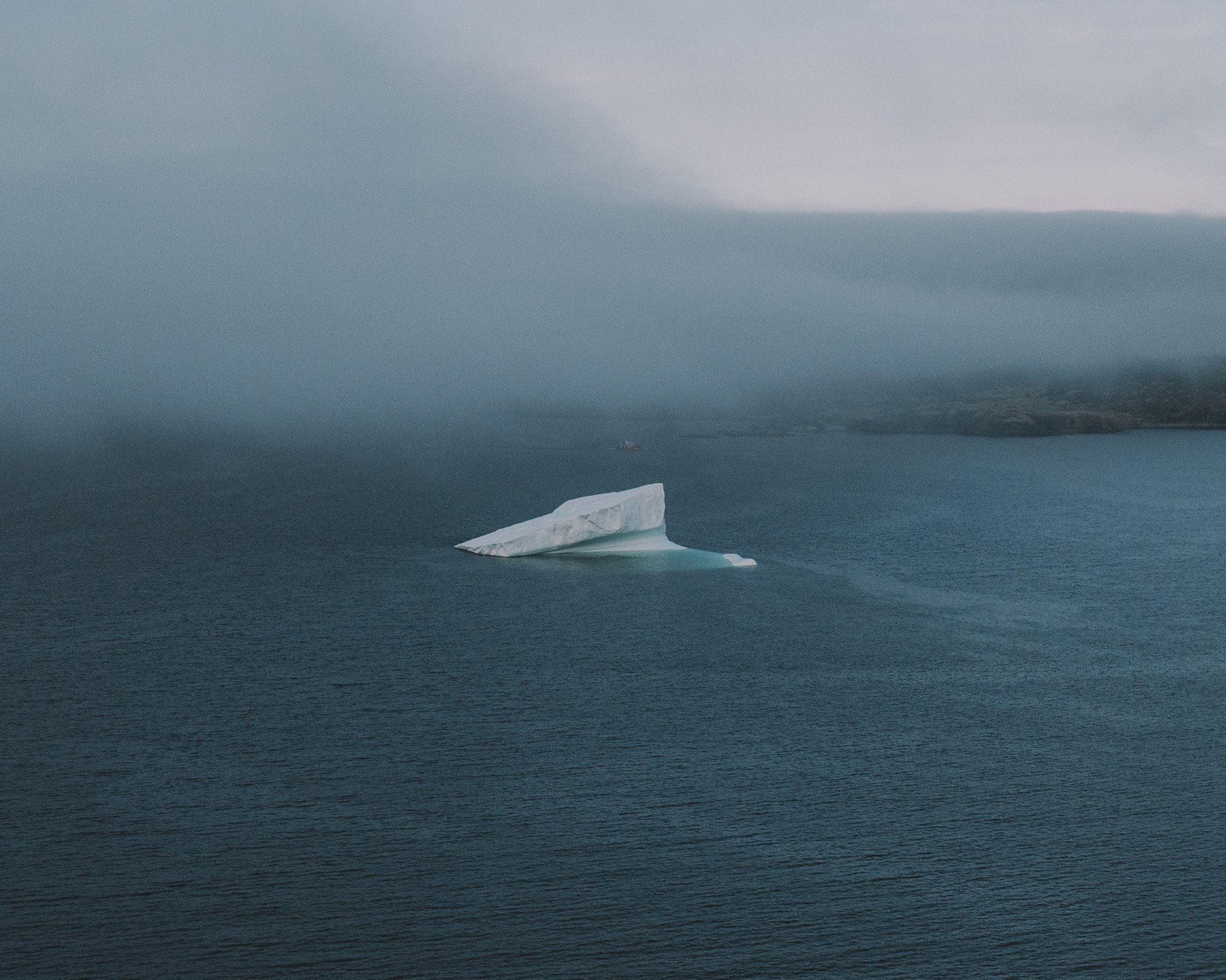
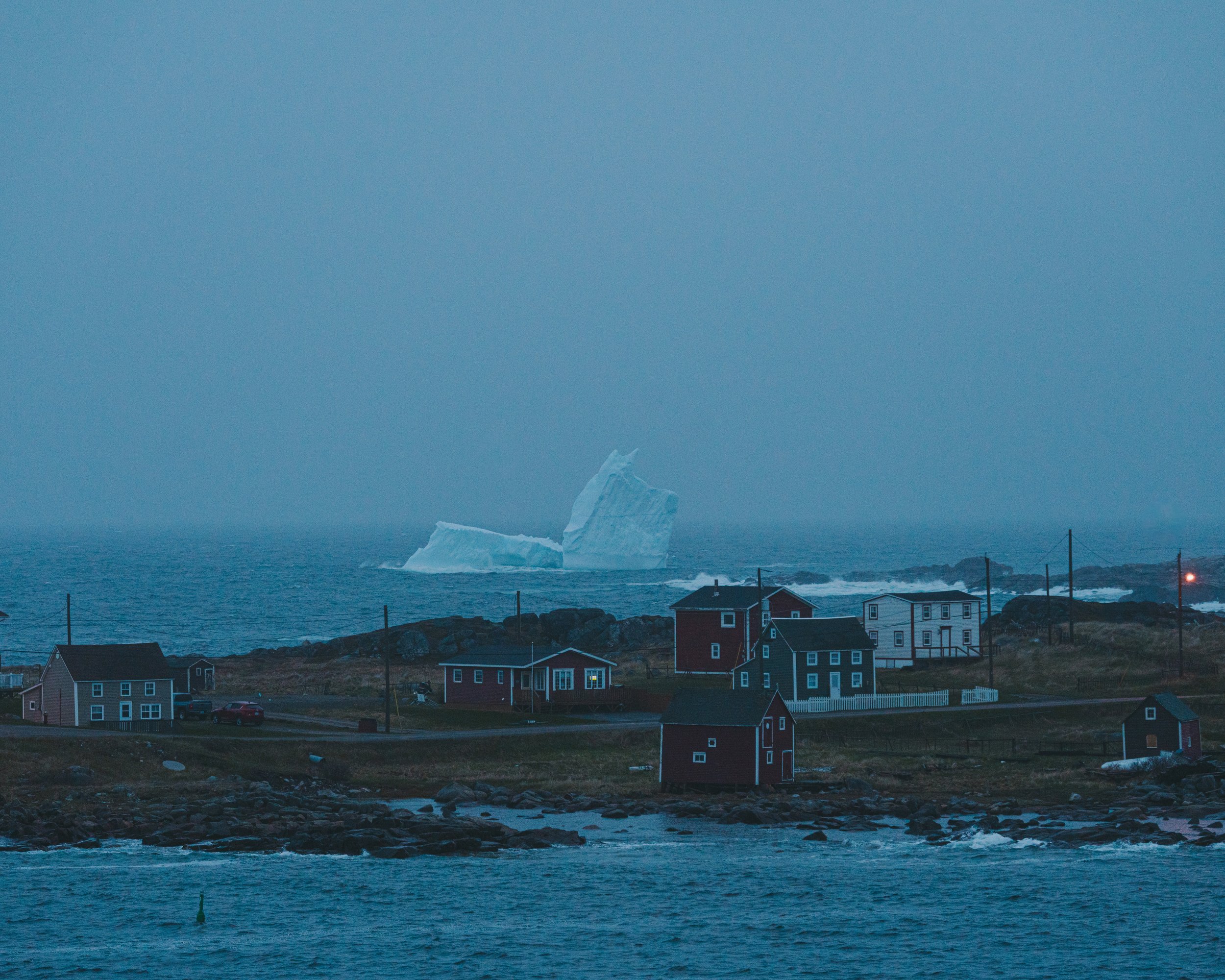
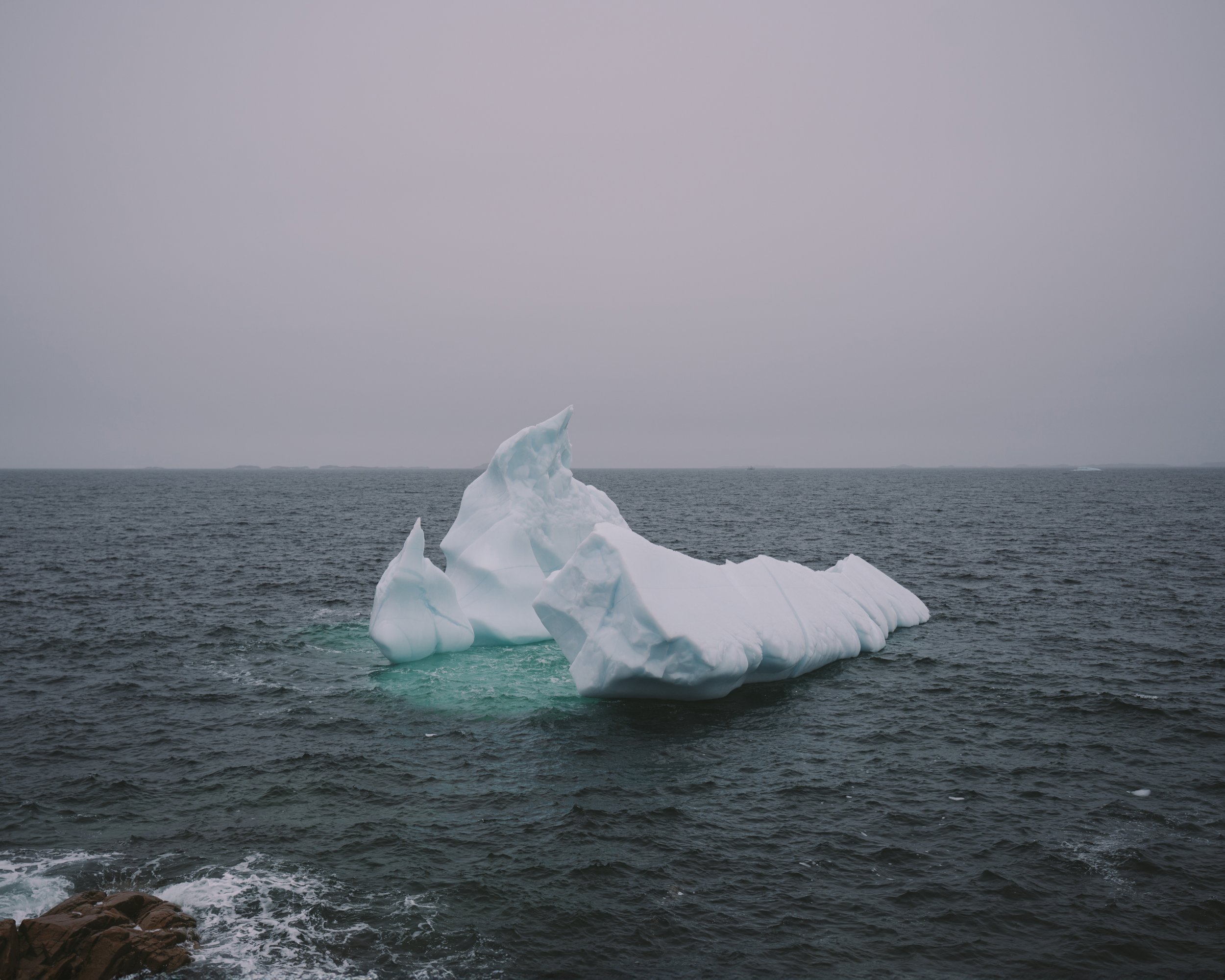


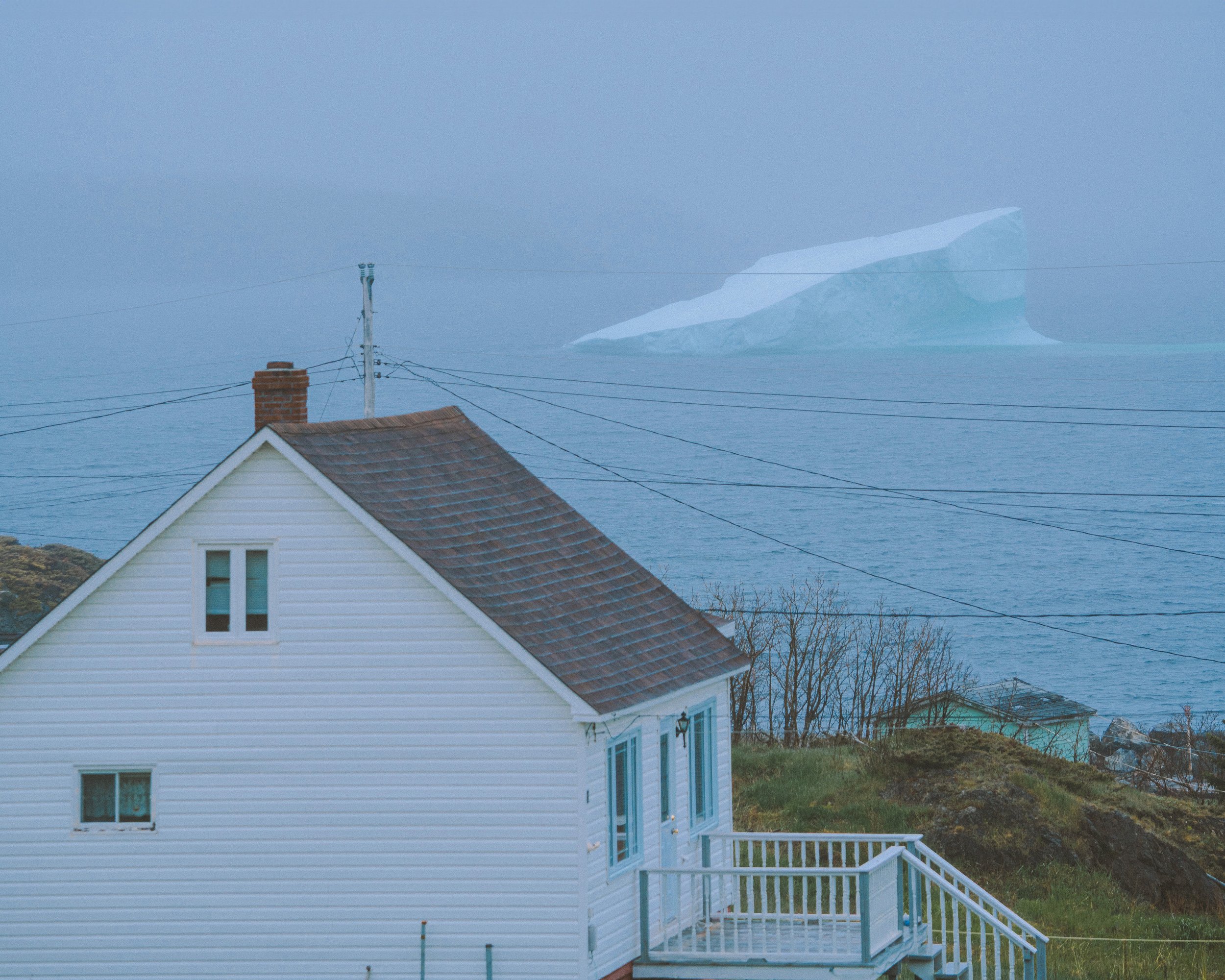
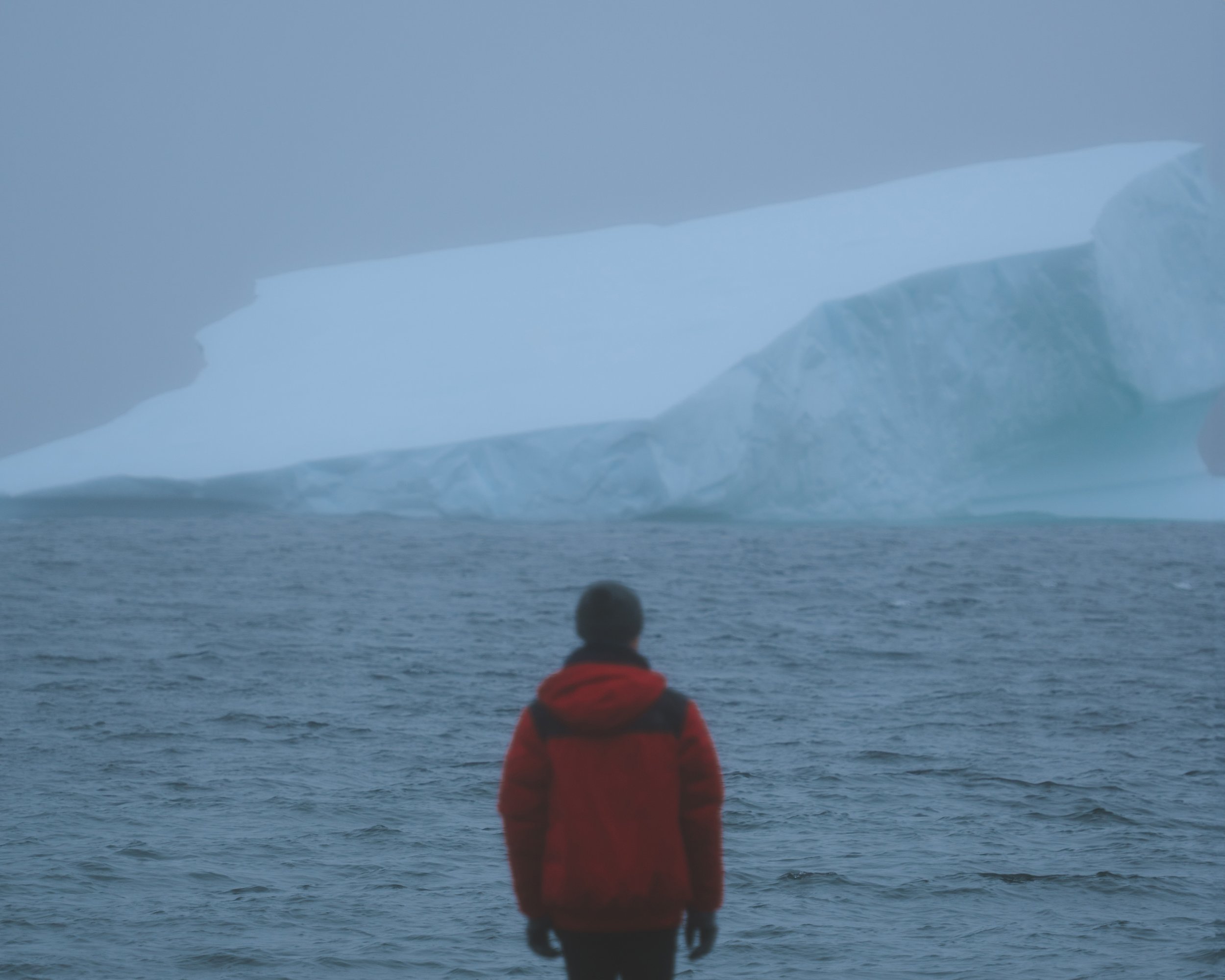

Quick Tips
Tours
Twillingate Adventure Tours – Twillingate
Trinity-Eco Tours – Trinity
O’Brien’s Whale and Bird Tours – Bay Bulls
Gull Island Charters – Red Bay
Iceberg Quest – St. John’s
Spots
Twillingate
Fogo Island
St. Anthony
Bonavista
St. John’s
Do
Have an Iceberg Beer (Quidi Vidi Brewery)
Bring a telephoto lens if you have one
Book a tour if you can!
Try iceberg soap products from East Coast Glow located online or at shop in Bonavista



